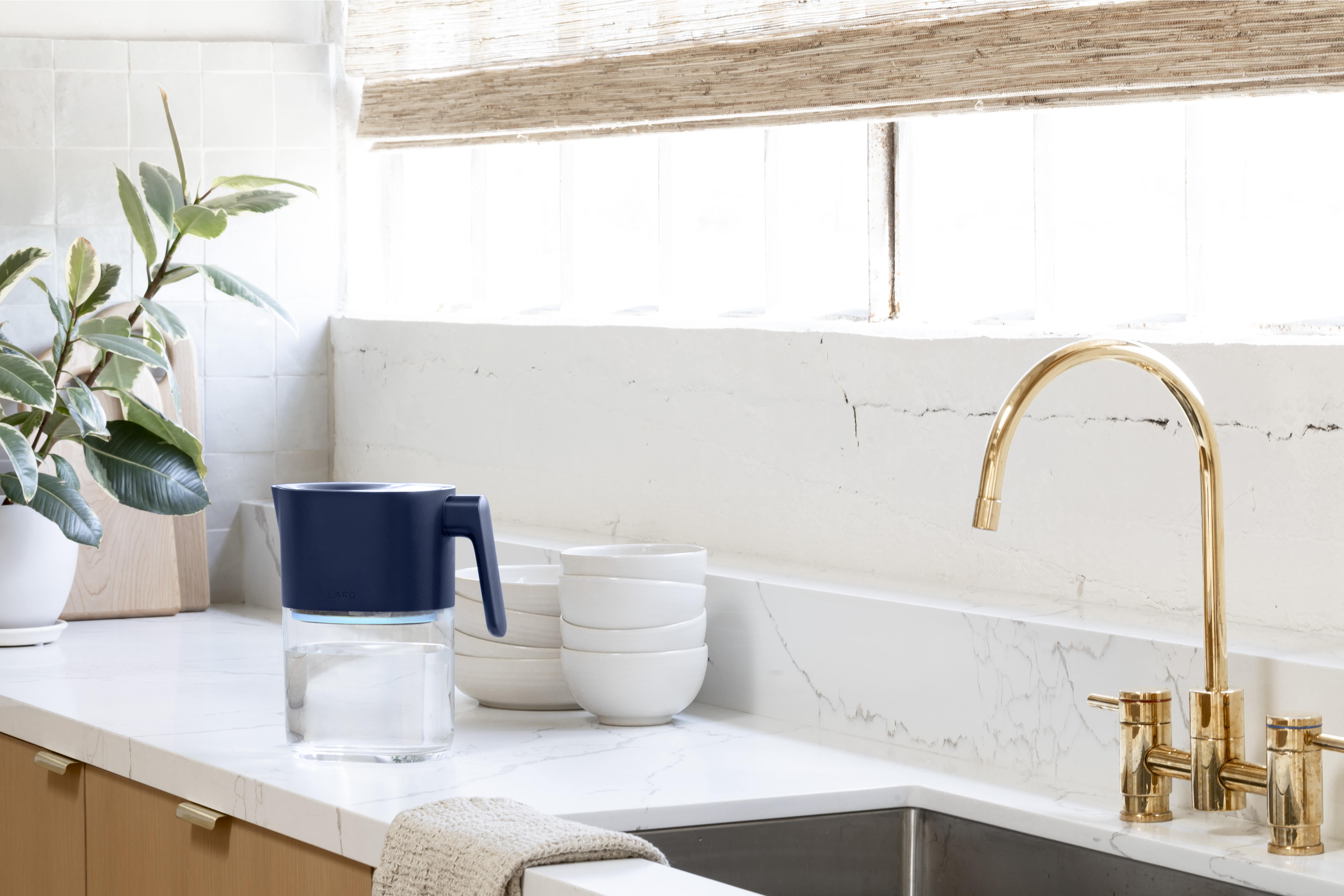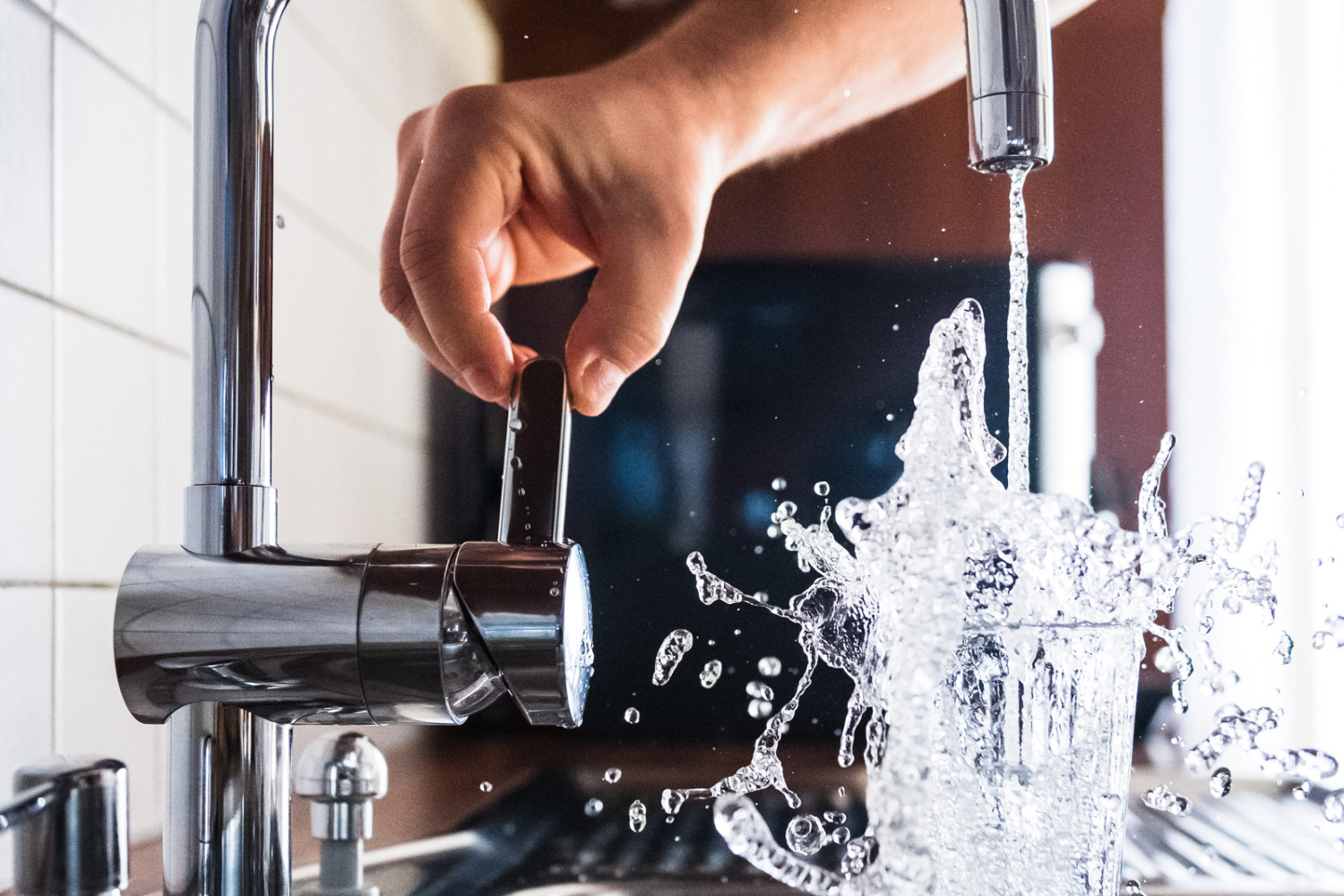
New York City System
Haloacetic acids (HAA5)
Increased risk of cancer
378.6x
over
EWG guideline
EWG guideline
0.1 ppb
New York City System
37.86 ppb
National average
17.11 ppb
State average
26.11 ppb
ppb = Parts per billion
Haloacetic acids are formed when disinfectants such as chlorine are added to tap water. The group of five haloacetic acids regulated by federal standards includes monochloroacetic acid, dichloroacetic acid, trichloroacetic acid, monobromoacetic acid and dibromoacetic acid.
States affected
51
People affected
288,710,562
Legal limit
60 ppb
You should know
There are five haloacetic acids (HAA5) that occur as a by-product of water treatment using chlorination. The five acids are monochloroacetic acid, dichloroacetic acid, trichloroacetic acid, monobromoacetic acid, and dibromoacetic acid. Additionally, HAAs are not affected by boiling or storage. However, filtration is effective in decreasing their levels.
For some people, drinking water with elevelated levels of HAAs can lead to a higher risk of cancer, reporoductive issues, rectal issues, fetal growth, and adolescent development.
For some people, drinking water with elevelated levels of HAAs can lead to a higher risk of cancer, reporoductive issues, rectal issues, fetal growth, and adolescent development.
Learn more about Haloacetic acids (HAA5)† here.
Health concerns
- Increased risk of cancer











